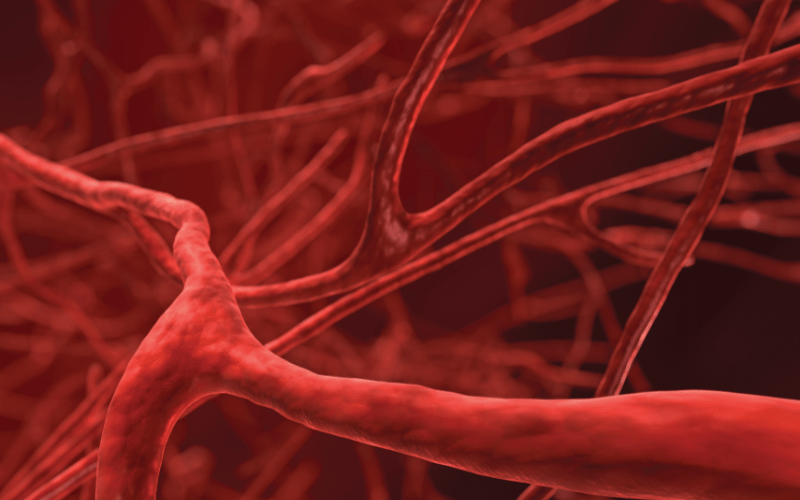Fact 8: The Influence of Surrounding Tissues and Organs

The liver isn’t an isolated island in the vast ocean of the human body. Situated strategically in the abdominal region, it’s surrounded by a myriad of structures, each playing a unique role. When Hepatocellular carcinoma takes root, it doesn’t always confine its influence to the liver’s boundaries. Instead, like a rising tide, it impacts the neighboring areas, making the context essential for understanding the prognosis.
Central to this narrative is the portal vein, the liver’s primary blood supplier. In health, this vein ensures the liver gets the nutrient-rich blood it needs for its myriad functions. But when HCC is thrown into the mix, things can get complicated. Portal vein thrombosis (PVT), a clotting scenario, emerges as a significant concern. PVT doesn’t merely inconvenience the liver; it creates a bottleneck, cutting off crucial blood flow. The consequences? A further strained liver, which is already battling the onslaught of cancer.
Besides the portal vein, HCC’s geographical neighbors play vital roles in determining its prognosis. Structures like the gallbladder, bile ducts, or even the hepatic artery, when in proximity to the tumor, change the therapeutic landscape. A tumor cozying up to these structures might not just be more aggressive but could also dictate the treatment modalities available. Surgery, which might be a preferable approach, could become challenging or even unfeasible. (8)